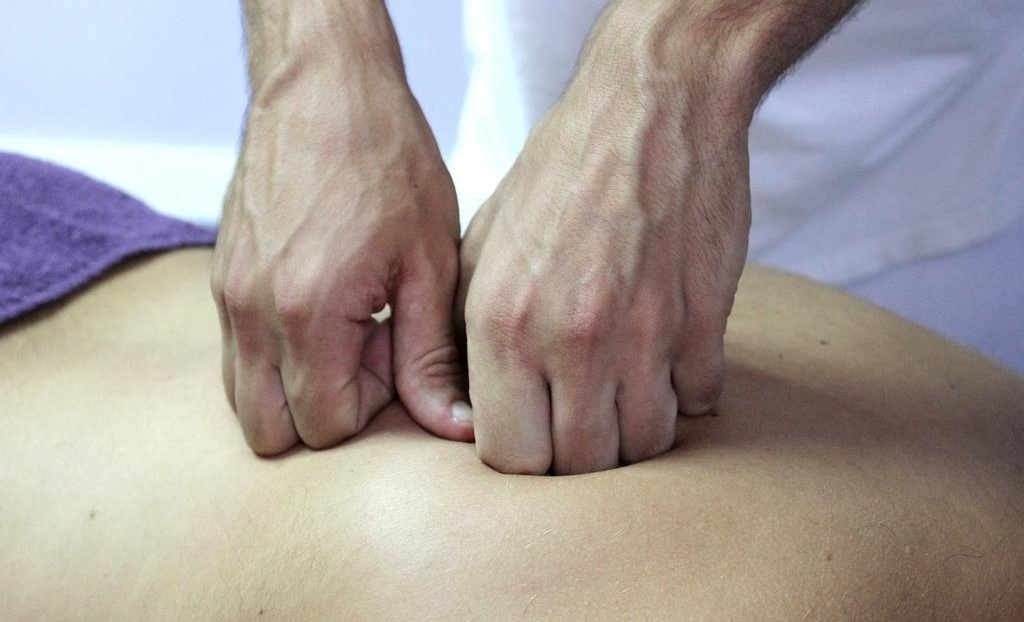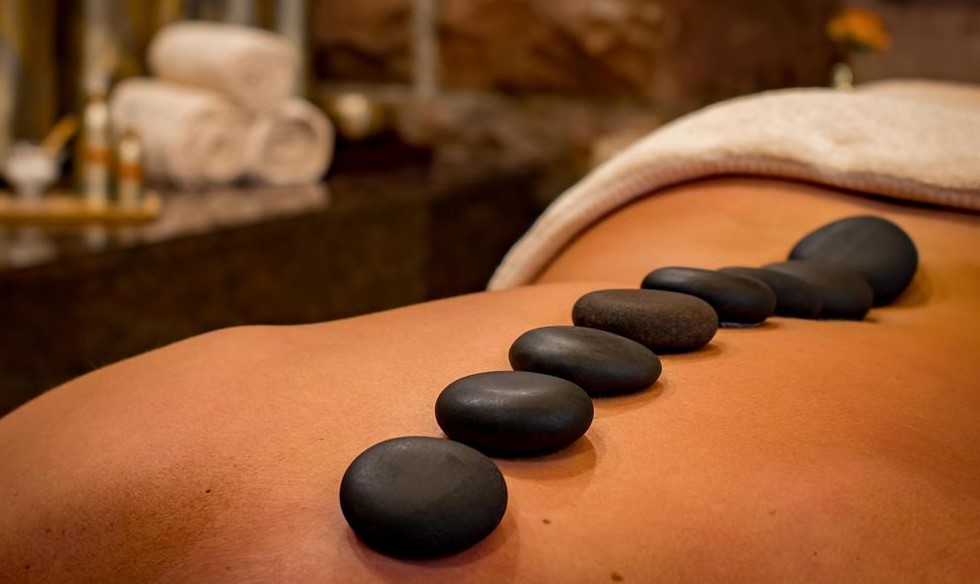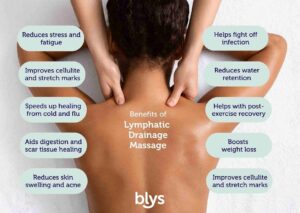Cupping therapy uses suction on the skin to enhance circulation, while massage therapy applies pressure to relax muscles. Cupping targets the skin and upper muscle layers, whereas massage affects deeper tissues.
Cupping therapy, a form of alternative medicine, utilizes cups placed on the skin to create suction. This process is believed to stimulate blood flow and promote healing. Contrastingly, massage therapy involves manipulating the body’s soft tissues to relieve tension, stress, and pain.
While both treatments aim to boost wellbeing, they differ in technique and application. Cupping often results in temporary marks as a side effect of the suction, which is not common in massage. Individuals seek these therapies for various reasons, including chronic pain management, stress relief, and overall wellness. Choosing between cupping and massage depends on one’s specific health goals and preferences.
Cupping And Massage: Complementary Therapies
Cupping and Massage: Complementary Therapies each offer unique benefits to wellness. Together, they form an effective duo for stress relief and muscle recovery. Both practices have unique traditions and are now popular in modern healing environments.
Ancient Roots Of Cupping
The practice of cupping dates back thousands of years. Evidence of cupping has been found in ancient cultures such as Egypt, China, and Greece. This therapy uses cups on the skin to create suction. The cups may be made of glass, bamboo, earthenware, or silicone.
- Cupping increases blood circulation to areas where the cups are placed.
- This can relieve muscle tension and promote cell repair.
- It can also help form new connective tissues and create new blood vessels in the tissue.
Modern Massage Techniques
Massage therapy has evolved over time. Today, there are many different massage techniques. Here are a few common ones:
| Type | Focus | Benefits |
|---|---|---|
| Swedish | Relaxation | Decreases stress, improves circulation |
| Deep Tissue | Chronic muscle pain | Alleviates strain, enhances healing |
| Shiatsu | Pressure points | Balances energy paths, restores calm |
These massage types can reduce stress and enhance well-being. They can also address certain health concerns. Regular massage can maintain the body’s natural state of balance.
Breaking Down Cupping Therapy

Cupping therapy stands out as a historical form of alternative medicine. With roots in Chinese medicine, cupping works differently from massage. Let us explore the depths of cupping therapy.
Cupping Methods And Materials
Cupping involves placing cups on the skin to create a vacuum-like suction. The two main types are dry and wet cupping.
- Dry cupping uses a vacuum on the cups to pull the skin up.
- Wet cupping involves making a small cut on the skin to draw blood.
Materials for cups can range from glass, bamboo, to silicone. Silicone cups allow for flexibility across different body parts.
Health Conditions Targeted By Cupping
Cupping therapy is believed to promote healing for various conditions. Here’s a snapshot of health issues it addresses:
| Health Condition | Benefits of Cupping |
|---|---|
| Pain relief | Reduces muscles stiffness and soreness |
| Relaxation | Acts similar to deep-tissue massage |
| Blood flow | Improves circulation and reduces inflammation |
| Respiratory issues | Helps relieve coughs and fights common cold |
| Skin health | Enhances overall skin wellness, reducing acne |
Massage Therapy: A Hands-on Approach
Imagine a moment of complete relaxation. Strong but gentle hands working away tension from tired muscles. That is massage therapy, a time-honored practice known for its healing and rejuvenating powers. It involves a range of techniques to enhance well-being.
Varieties Of Massage Techniques
| Type | Focus |
|---|---|
| Swedish Massage | Overall relaxation |
| Deep Tissue Massage | Deeper muscle relief |
| Hot Stone Massage | Heat therapy |
| Shiatsu Massage | Pressure points |
| Thai Massage | Full-body treatment |
| Reflexology | Foot-based therapy |
Physical And Mental Benefits Of Massage
- Eases Muscle Pain: Massage increases blood flow, relieving discomfort.
- Improves Sleep: It promotes relaxation and sleep quality.
- Reduces Stress: Regular sessions reduce stress and elevate mood.
- Boosts Immunity: Improved circulation can boost immune function.
- Enhances Flexibility: It can increase mobility and reduce injury risk.
Engage in massage therapy and feel the transformative effects. Both body and mind will thank you for this nurturing experience.
Contrasting Cupping And Massage
Understanding the differences between cupping and massage is crucial for selecting the right wellness therapy. Both techniques offer unique benefits and experiences, but their approach to healing the body differs substantially. Let’s dive into the specifics of treatment applications, outcomes, and the side effects associated with each method.
Treatment Applications And Outcomes
| Cupping | Massage |
|---|---|
| Targets specific points | Manipulates large areas |
| Creates suction on the skin | Applies pressure to muscles |
| Stimulates blood flow | Promotes relaxation |
| May help relieve pain | Improves circulation |
Cupping therapy focuses on stimulating the flow of energy by creating a vacuum on the body’s meridians. Massage therapy often involves kneading and applying pressure. This helps relax tense muscles and improve overall circulation. Both methods aim to enhance wellbeing, yet their techniques and immediate effects on the body vary.
Side Effects And Risks
- Cupping may leave temporary marks
- Massage could cause soreness
Cupping often results in circular bruises due to the suction effect. These marks typically fade within a few days. Massages can sometimes lead to muscle soreness, especially after a deep tissue session. It’s essential to choose a licensed therapist and communicate any discomfort during the treatment.
Risks are generally low for both cupping and massage when performed by trained professionals. It’s always wise to discuss with your healthcare provider before trying a new wellness therapy, particularly if you have underlying health conditions.
Combining Cupping And Massage For Optimal Relief
Experiencing deep physical relief often requires more than one approach. Combining cupping therapy and massage offers a powerful solution. This duo works together to enhance the benefits of each, providing a holistic treatment to muscle tension and pain.
Synergistic Effects On Tension Relief
Cupping and massage complement each other. Cupping’s suction technique increases blood flow, while massage works by easing muscle tightness. Their combined forces result in:
- Improved circulation without the discomfort of deep tissue massage
- Enhanced flexibility through the loosening of muscle fibers
- Rapid relief from tension, combining passive and active techniques
Case Studies And Testimonials
The effectiveness of integrating cupping with massage is demonstrated through numerous positive experiences. A selection of cases include:
| Client | Condition | Experience |
|---|---|---|
| Emily R. | Chronic Back Pain | Marked pain relief |
| John D. | Sports Injury | Faster recovery time |
Real stories from people who have found respite and restoration provide credence to this therapeutic pairing.

Credit: massagejoplinmo.com
Choosing The Right Therapy For You
Deciding between cupping and massage involves understanding your body’s needs. Both therapies offer relief and healing but suit different purposes. Learn how to select the right treatment to enhance your well-being.
Personal Health Assessment
To pick between cupping and massage, first assess your health. Note any pain, stress levels, or particular ailments. Use bullet points to list your issues:
- Muscle pain: Massage helps, cupping might too.
- Skin conditions: Cupping could provide benefits.
- Stress: Massages provide relaxation.
For chronic issues, consult a professional. Stronger treatments could be needed.
Consulting With Health Professionals
Seeking advice from a healthcare provider is crucial. They weigh in on cupping and massage for your needs. During consultations, ask:
- Are these therapies suitable for me?
- What benefits can I expect?
- Are there any risks?
Personal medical history is vital for the right choice. Health pros know best.
Remember, the goal is to improve health. Always choose wisely and inform yourself. Both cupping and massage offer paths to wellness, and your decision should align with your health objectives and comfort level.

Credit: www.amazon.com
Frequently Asked Questions On Cupping Vs Massage
Is Cupping Better Then A Massage?
Cupping and massage offer different benefits; one isn’t universally better. Cupping targets deeper tissue stimulation and relief, whereas massage focuses on muscle relaxation and tension release. Preference depends on individual health goals and conditions. Consulting a healthcare professional is advisable for personalized advice.
What Are 3 Negatives Of Cupping?
Cupping therapy can cause skin bruising, discomfort during treatment, and potential skin infection if not properly performed.
Does Cupping Get Rid Of Knots?
Cupping therapy can help alleviate muscle knots by improving circulation and promoting relaxation. However, results may vary by individual.
Should You Massage Before Or After Cupping?
It’s generally recommended to massage the area after cupping to enhance blood flow and aid in the release of toxins. This practice can help in the recovery process post-treatment.
Conclusion
Navigating the realm of holistic therapies can be challenging. Cupping and massage each offer unique benefits for relaxation and healing. Remember, personal preference and specific health needs dictate the best choice. Embrace your wellness journey by exploring these age-old practices.
Connect, consult, and rejuvenate mind and body.



